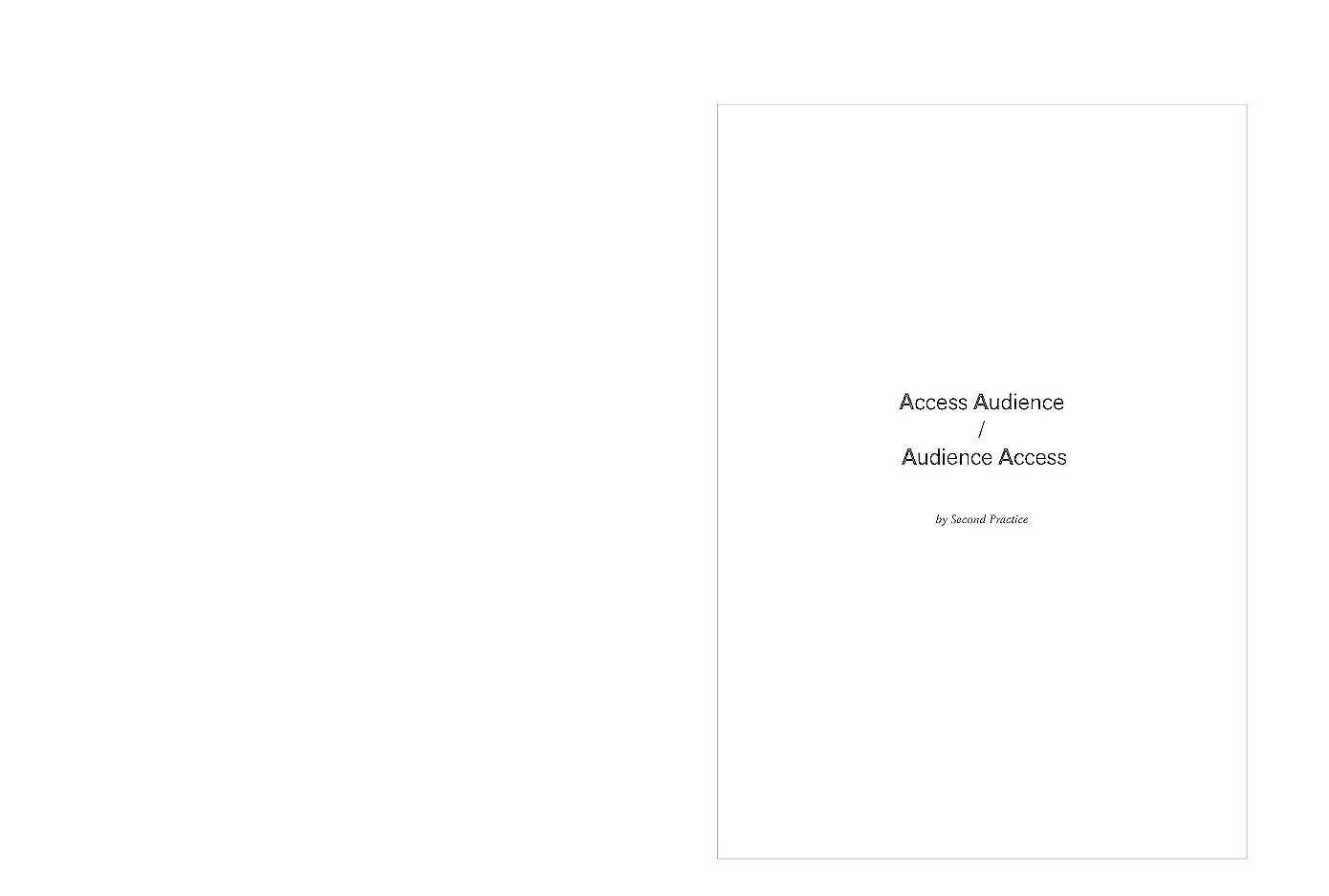Sound Dictionary
graphical documentation of sound / Sound Dictionary / Documenting Sound in Image
Second Practice in collaboration with Yumna , 2020
Following Latour (1993), we infer that the invention of sound machines was part of a collection of epistemological practices of purification of sound, which sought
to abstract sound from its immediate surroundings while noting its connectivity to place.
Second Practice is interested in locating newer formats of recording sound that move beyond the inquiries of recording technologies to be able to re/present
sonorous enculturated worlds inhabited by people. Through this project we aim to
-think about and around sound’s intimate connection to contexts of time and place as opposed to recording technology that severs the relationship of sound with
its context and time/place-shift the source of it.
-engage with sound by retaining the human scale of the soundscape as opposed to recording technology that documents sound as matter of the vibrations of the
source dissolving the social, ideological and political positionality of the source.
-develop a visual dictionary of sound that encapsulates the location, spatiality, situatedness of the sound in particular time and space.
NOTES
[05/06/20]
Architecture of sounds
[every sound must comprise of at least two of the following if not all. The variance in architecture happens according to where in the X or Y axis they are. The idea
is that sound travels (from its epicenter) and changes horizontally (to how far one can hear) and also vertically (how upward/downward can it travel). Aspects of
the architecture may change differently for both axis. For eg. The weight may remain the same horizontally, but may change vertically. The taste may change
drastically in one way (in form) horizontally but may change (in colour) vertically.
We must also consider that many sounds may not have an epicenter. If they do not have a centre, then we can assume they have a boundary of some sort. We need
to figure out how the variance will happen (or not)
1. Gender
2. Weight
3. Taste
4. Texture
Broadly, our categories may look something like this:
NOISE
Absent
Present
[background/unconsidered/part of something/not possible to isolate from something
LOCAL SOUNDS
Very particular forms
Very particular gestures
Very particular expressions [not originally in sound]
THINGS
Objects
Arrangement of things
Aftermath
[21/12/20]
-Looking for a root word through a sound dictionary.
-model constructed around The Politics of Translation- Gayatri Spivak’s):
three tiered notion of language: Rhetoric, Logic, Silence
Translation to be a matter of: Synonym, Syntax, Local colour
(make lists with each sound for all of the above categories, for Yumna to develop visuals for_
a few clusters to start with:
Kitchen
Machines
Announcements
[04/01/21]
-image following sound
-avoid arriving at the object/ or similar objects
-is the taste more apparent or the sound of the jharoo?
-naming INGREDIENTS of the sound.
-traveling ability of sound



